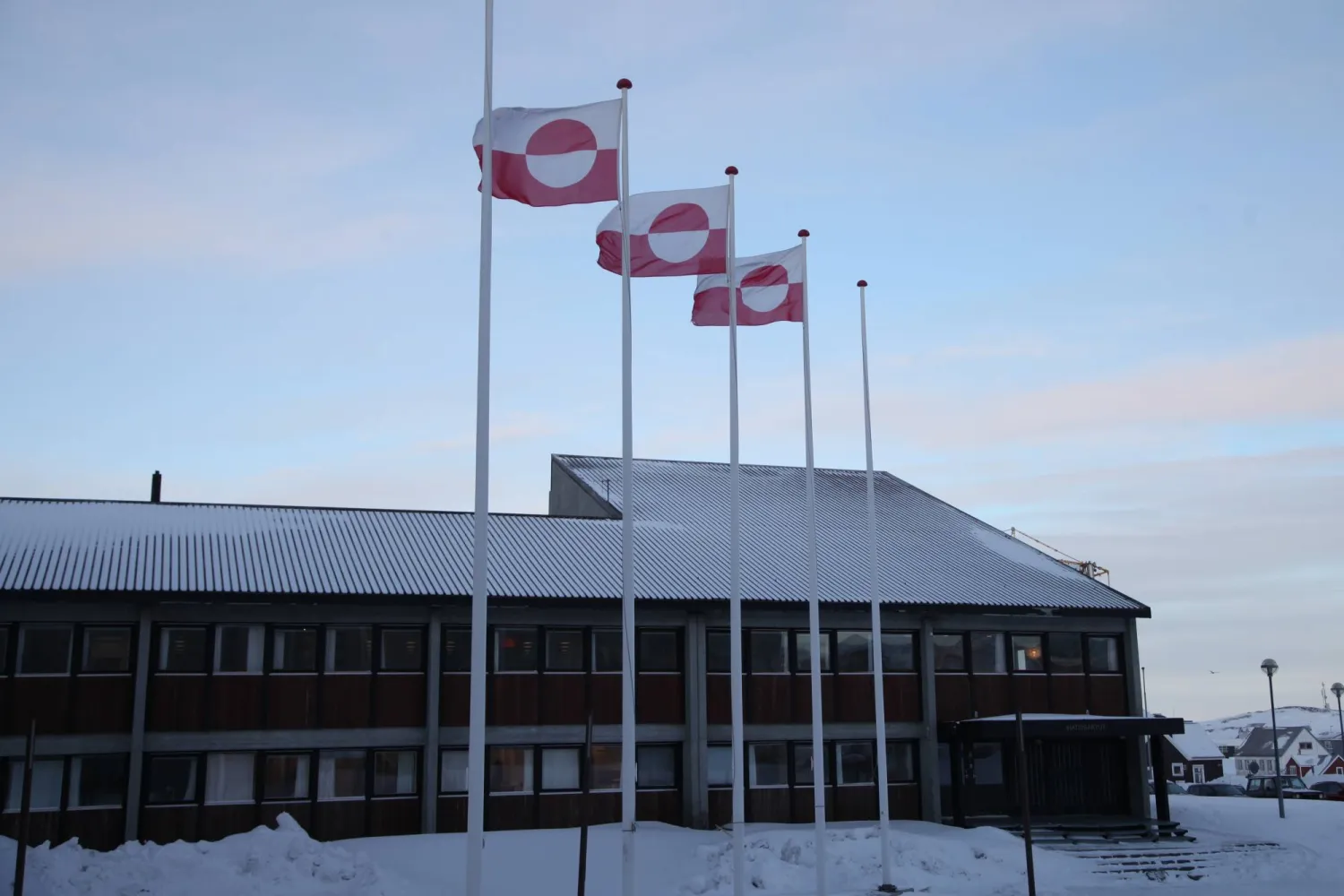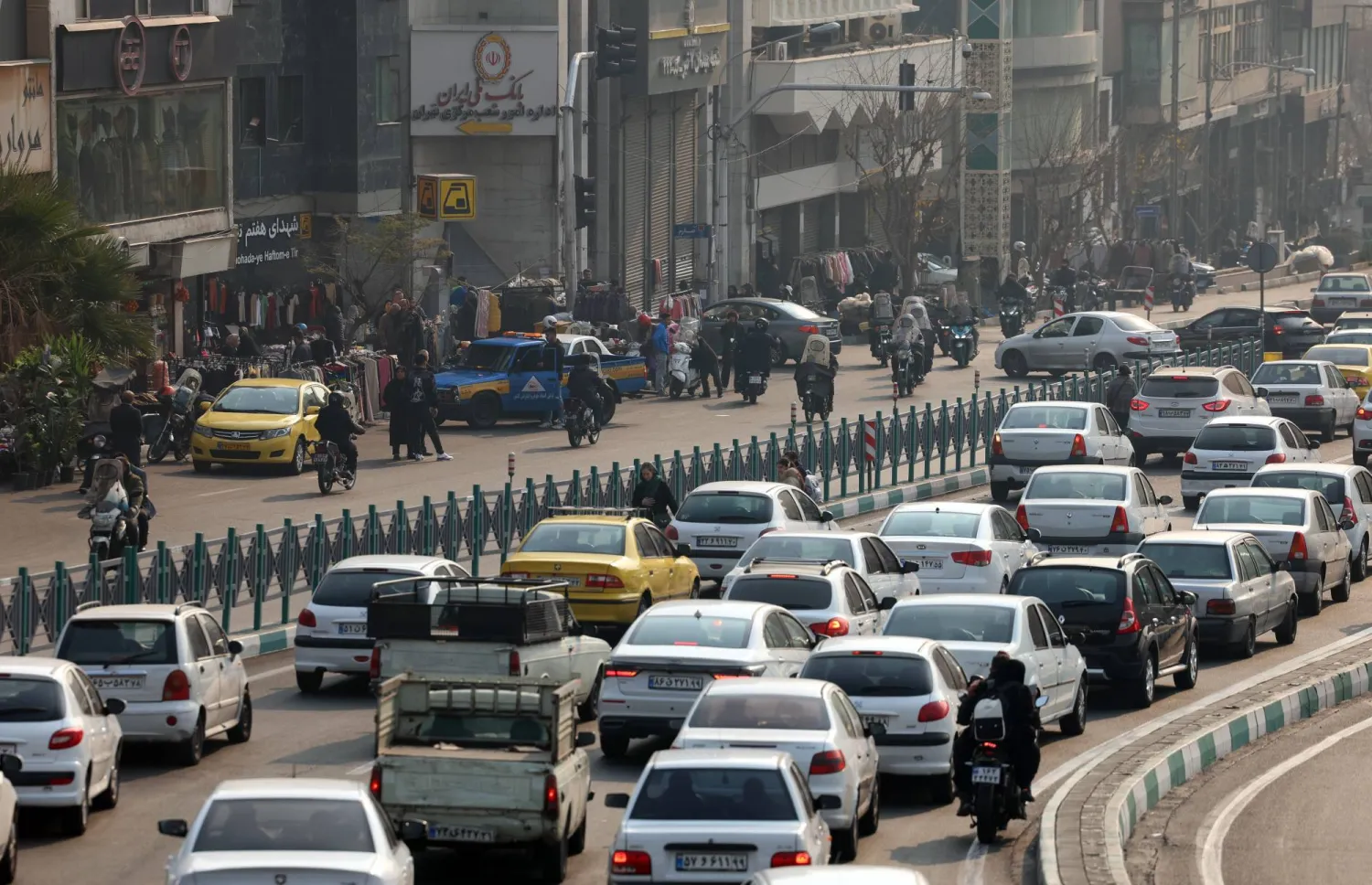What happened to the family of the man, who ruled Libya with an iron fist for more than four consecutive decades? During the 12 years that followed the overthrow of the regime of the late President Muammar Gaddafi in 2011, his family did not meet even once, and his seven children were separated, either by death, or imprisonment, or voluntary exile.
Three of Gaddafi’s sons, namely Al-Muatasem, Saif Al-Arab and Khamis, were killed during the “uprising” that toppled the rule, while two other, Saif Al-Islam and Al-Saadi, were put on trial, before they received pardon from the Libyan authorities. The latter left for Türkiye, according to some reports.
Between pursuit and arrest
Khamis Gaddafi, who was commanding the 32nd Brigade in the city of Zliten, was killed during a NATO air strike in August 2011. Earlier the same year, a similar attack led to the death of Saif al-Arab, Gaddafi’s youngest son, after his house in Tripoli’s upscale Gharghur neighborhood was targeted. He was 29 years-old.
Contrary to his siblings, Saif al-Arab did not assume any leadership role, distanced himself from politics and avoided appearing in public events.
Muatasem, the fourth son of Gaddafi, who worked as a Libyan National Security Advisor, was killed along with his father, in the city of Sirte.
Gaddafi’s daughter, Aisha, disappeared from sight along with her brother Muhammad, the late Libyan leader’s eldest son from his first wife. They are reportedly residing in the Sultanate of Oman. Last week, the UN Security Council Sanctions Committee agreed to remove Aisha’s name from the travel ban lists, while keeping her on the asset freeze sanctions lists.
Gaddafi’s widow, Safiya Ferkash, currently lives in Cairo. Last year, she appealed a decision by a Malta court ordering the Bank of Valletta to return to Libya some 95 million euros ($100 million) deposited by Gaddafi’s late son Muatassem.
Ferkash and her lawyers said in their appeal that the courts lacked jurisdiction and could not decide the case over the funds.
As for Hannibal Gaddafi, he fled Libya to Syria, where he was kidnapped and transferred to a prison cell in Lebanon. Several campaigns and diplomatic efforts have so far failed to secure his release.
Saif al-Islam and the dream of returning to power
Saif al-Islam, the second son of Gaddafi, is the only family member who is still seeking to return to power. He reportedly moves between the cities of the southern region of Libya, hoping that the circumstances will allow him to run in the elections. His brother, Al-Saadi, currently lives in Türkiye and has no declared political activity.
Saif al-Islam was arrested in November 2011 by an armed brigade, while he was trying to flee outside Libya towards Niger. A Libyan court in Tripoli issued a death sentence against him in absentia, after accusing him of “suppressing the Libyan revolution.” Amnesty International had previously called on the Libyan authorities to hand over Saif al-Islam and former intelligence director Abdullah al-Senussi to the International Criminal Court, on charges of “committing crimes against humanity.”
In an interview with Asharq Al-Awsat, Khaled Al-Zaidi, Saif Al-Islam’s attorney, said that the man’s “chances are great” in the upcoming presidential elections.
Saif al-Islam has spent the past 12 years in self-imposed exile inside the country. He has not spoken to Libyans directly since his last controversial speech, which he delivered during the NATO-backed “revolution” in February 2011. However, Al-Zaidi confirmed to Asharq Al-Awsat that his client will address the people directly when the final lists for the presidential elections are announced.
“In this case, he will go out and speak... When his electoral candidacy is accepted, he will go out to the Libyans and talk about the future of the country... Choosing the right timing is important,” he stated.
Although those close to Saif al-Islam claim that he enjoys complete freedom of movement, he has never been seen in the eastern and western regions.
Al-Zaidi said in this regard: “He has contacts with all the leaders,” pointing out that his client was based in Libya, not just the south.
The lawyer also rejects the reports that claimed that Saif al-Islam’s candidacy for the elections was a collective decision by the family.
He explained: “Talk about the family’s mandate is incorrect. It is not the family’s decision... This is the people’s choice.”
Hannibal Gaddafi
According to observers, Saif al-Islam is also working for the release of his younger brother, Hannibal, who is currently detained in Lebanon.
According to information obtained by Asharq Al-Awsat, Saif’s lawyer submitted a request to the Syrian Public Prosecutor to reopen the investigation into the kidnapping of Hannibal from Syrian territory, and his subsequent transfer to Lebanon.
Al-Zaidi explained to Asharq Al-Awsat that he recently visited Syria and filed a complaint against Hassan Yaqoub, who is accused of kidnapping Hannibal from the country in 2018, on the grounds that he is a “political refugee and was under the protection of the Syrian authorities.”
In this regard, he said: “He was kidnapped in Syria, and transferred against his will and by all means of torture to Lebanon.”
In his complaint over what he described as crimes of kidnapping, torture, and the forced disappearance of Hannibal Gaddafi, Saif al-Islam - represented by his lawyer - said that armed elements affiliated with Hassan Mohammad Yaqoub, a former Lebanese deputy, abducted Hannibal inside Syrian territory on December 11, 2015.
He also pointed to “torture, violence, and death threats against him,” citing a video showing mutilation and bruises on his face and body.
The 12-page lawsuit, a copy of which was obtained by Asharq Al-Awsat, called on the Syrian Attorney General to intervene urgently and address all concerned parties in order to release Hannibal, who was “arbitrarily” detained by the Lebanese state authorities, and to hold Lebanon legally responsible for his personal safety.
In a press conference held last August, on the occasion of the 45th anniversary of the absence of Imam Musa al-Sadr, Yaqoub accused Gaddafi and his supporters of being involved “in the kidnapping of his father.”
Yaqoub’s father is Sheikh Muhammad Yaqoub, one of Imam Musa al-Sadr's companions, who was last seen in Libya on August 31, 1978, after he arrived there by official invitation. The former deputy did not respond to Asharq Al-Awsat’s attempt to contact him.
According to Bassam Mawlawi, the Lebanese Minister of the Interior, Hannibal received medical care in a hospital in Lebanon after he went on a hunger strike to protest his imprisonment.
Hannibal had always caused trouble during his father’s rule. In 2008, he stirred a diplomatic crisis, which led to Libya’s severance of relations with Switzerland, after being accused and his wife, Aline, of ill-treating a Tunisian maid and a Moroccan servant during their stay in Geneva.
Al-Saadi, the football player
When the Libyan House of Representatives approved presidential and national Assembly election laws, Al-Saadi Gaddafi said on X that Libya “is now in the right direction... This is a promising beginning.”
The report of the Committee of Experts for the year 2023 showed a copy of a power of attorney signed by Al-Saadi for one of his assistants, regarding an apartment he owns in Canada, and revealing his current residence in the Turkish city of Istanbul.
Al-Saadi, who was a professional football player in the Libyan and Italian teams, during his father’s rule, also worked as a Special Forces commander. He was acquitted in 2018 of the charge of killing former football coach Bashir Al-Rayani, a case that emerged before his father’s regime was overthrown in 2011.









